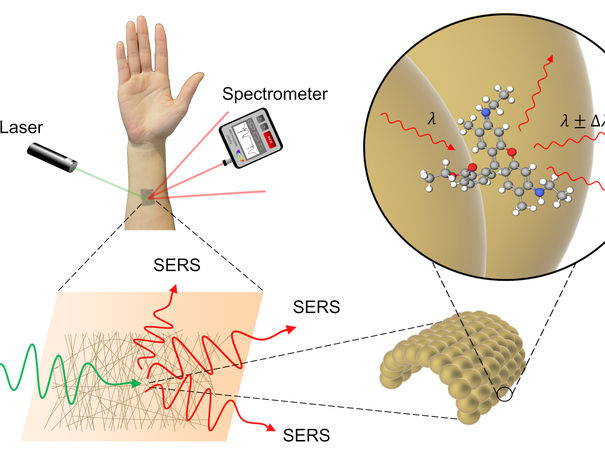Diffusion-weighted MRI can diagnose 'mad cow'-related disease in humans before symptoms show
Diffusion-weighted MRI is "extremely useful" in detecting Creutzfeldt-Jakob disease (CJD), a close cousin of "mad cow" disease, very early in its progression--even before the onset of characteristic clinical findings, according to a new study by researchers from Showa University Northern Yokohama Hospital in Japan.
For the study, researchers analyzed nine cases of CJD in which MRI of the brain was performed during early, intermediate and late stages of the disease. At the early stage, researchers were able to detect the disease using diffusion-weighted MRI in all cases.
Diffusion-weighted MRI follows the random motion of water molecules throughout the brain. According to Ryutarou Ukisu, MD, lead author of the study, diffusion-weighted MRI is useful for many conditions, and it is widely used for early detection of stroke-related conditions.
According to the study authors, early diagnosis of CJD is notoriously difficult and is often complicated by its frequent confusion with other causes of dementia, although its diagnosis is a critical one. "Although no cure for CJD exists, early detection of the disease may become more important when effective therapeutic measures are available. Also, since CJD is an infectious disease, the handling of tissue specimens and body fluids requires special care. Human-to-human infection has been reported, and early diagnosis definitely plays a positive role in its prevention of spread," said Dr. Ukisu.
The study appears in the February 2005 issue of the American Journal of Roentgenology.
Most read news
Topics
Organizations
Other news from the department science

Get the life science industry in your inbox
By submitting this form you agree that LUMITOS AG will send you the newsletter(s) selected above by email. Your data will not be passed on to third parties. Your data will be stored and processed in accordance with our data protection regulations. LUMITOS may contact you by email for the purpose of advertising or market and opinion surveys. You can revoke your consent at any time without giving reasons to LUMITOS AG, Ernst-Augustin-Str. 2, 12489 Berlin, Germany or by e-mail at revoke@lumitos.com with effect for the future. In addition, each email contains a link to unsubscribe from the corresponding newsletter.
More news from our other portals
Last viewed contents

Wearable chemical sensor is as good as gold - A novel Raman chemical sensor made from noodlelike threads of gold
Hepcidin
Alzheimer_Society_of_Ontario
Lourdes_Medical_Bureau
Agendia Receives New York State Laboratory Permit and Laboratory Accreditation by College of American Pathologists























































